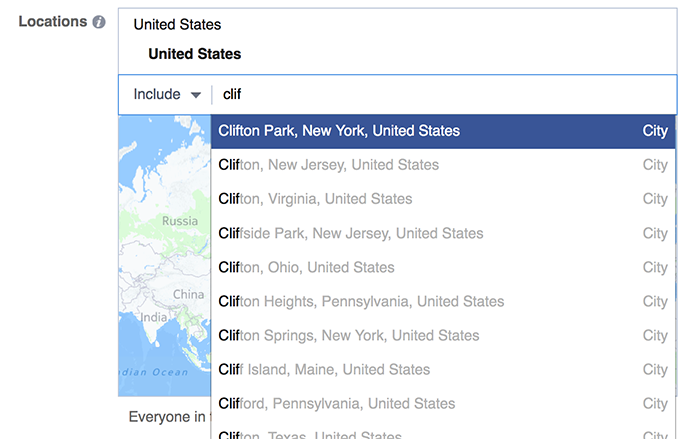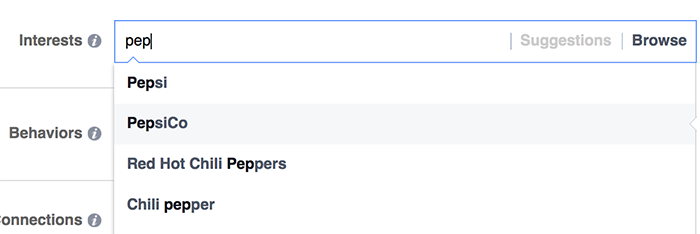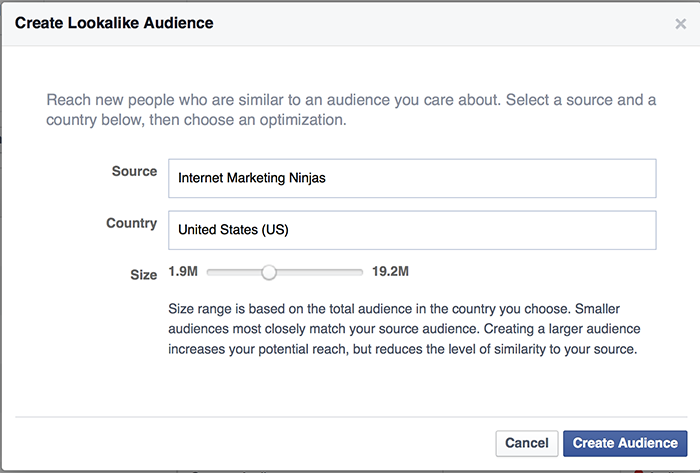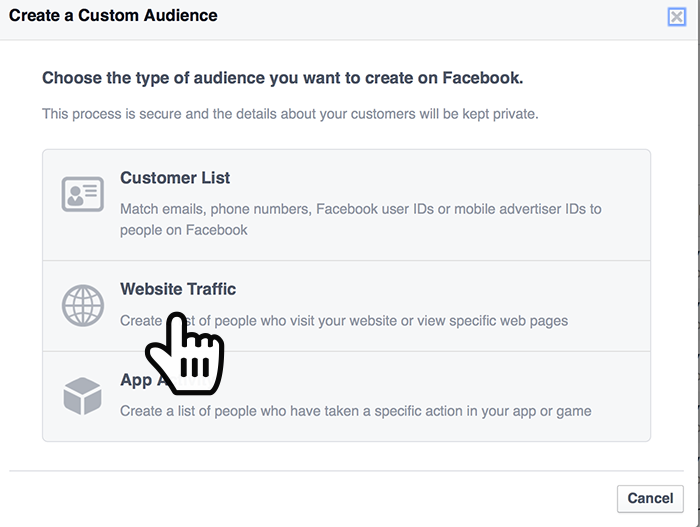Facebook has what is probably the best ad tools of any social network. Yes, even better than Twitter. For literally a couple dollars a day you can gain real reach, and start generating solid leads that are easy to convert on your own website.
But what makes Facebook ads truly special is not the ads themselves. It is the way they are used, thanks to the thorough targeting options they provide. You can do a lot more than select a couple of parameters; in fact you can do a lot more than you probably suspect..
Here are some creative – and highly effective – ways of targeting people through ads on Facebook. You won’t believe the results!
Use Geolocation Data To Target Mobile Users
This is perhaps my favorite all time tip. Facebook uses geolocation for a number of its features, and many users keep it on. Since so many are using Facebook through their mobile phone, checking it while out and about, it is a great opportunity for mobile social marketing.
You can choose to use geolocation to target mobile users within a certain distance of your physical location.
So let’s say you are a restaurant. You want to increase visibility with local Facebook users. You run a mobile-targeted ad that activates whenever users are within 5 miles of your restaurant. They are able to go to your page and follow it for a special deal when they come in. So those users make a detour to your nearby restaurant and use the coupon, discovering your restaurant when they might have never come across it.
Most importantly, it gives them a reason to try it right then! What could be more valuable than an instant conversion for a brick and mortar business?
Watch Your Competition (And Utilize Other Brand Names)
Your competition is all over Facebook. You can use their brand names as keywords when you create ads. Users who are following those pages, frequently purchase from their company, or just have interests in such products or services as they provide, will become targets for your ad.
Not only is this a great way to associate yourself with industries already dominated by companies, but it is a potential means of poaching customers. A little aggressive? Sure, but no more so than they are.
Don’t just focus on competitors: Think about brand names that can compliment your product. Or think of major event names that your target audience may frequent.
Re-Market Your Previous Work
You can target friends of people who:
- Liked your page
- Visited your event
- Uses your app
Those are your leads and even though you have to re-invest to reach them again, now you can also target their connections too.
Targeting those who visited your event is the most powerful one because those people are the most engaged audience; they are likely to respond well and their friends will see they are connected to you in some way.
Gain Access To “Lookalikes”
Another extremely helpful targeting feature is Create Lookalike Audience. This allows you to connect with users who have similar patterns, interests, behaviors and demographics as those who match certain parameters you have set.
One of the best ways to take advantage of this is to Conversion Pixel. This narrows the lookalike audience to those who are similar to actual conversions. That will let you only go for those who are also likely to become genuine and effective leads.
By further targeting with keywords, buying behaviors, demographic info or other elements, you can have a seriously efficient means of finding the right people. Without having to manually mine through endless data to do it.
Leave Your Customers Out Of It
You want repeat customers, but much of that is just proving the worth of your product or service. Ads are less reminders for those you have already hooked, and more a way of fishing in new waters.
When you place a Facebook ad, you can have it look for people who have been to your website (so are viable leads), but for whatever reason did not convert. This is so helpful, as these people have already had a taste of what you are offering. You just need to prod them into reconsidering a purchase.
It works by using the Audience feature in your Facebook Ads. When you set up the ad, you will be doing it based on Website Traffic. You just have to target those who have been to sell pages, but have not followed through with purchase confirmations.
You can also upload a customer list, and use that to exclude certain people before targeting those who visit your site. So it will check that traffic against the list to make sure it is leaving out those who have bought before.
Conclusion
Facebook is full of useful information that advertisers can use to their advantage. Do you have creative ways of exploiting this tool for greater leads and conversions? Let us know in the comments!








